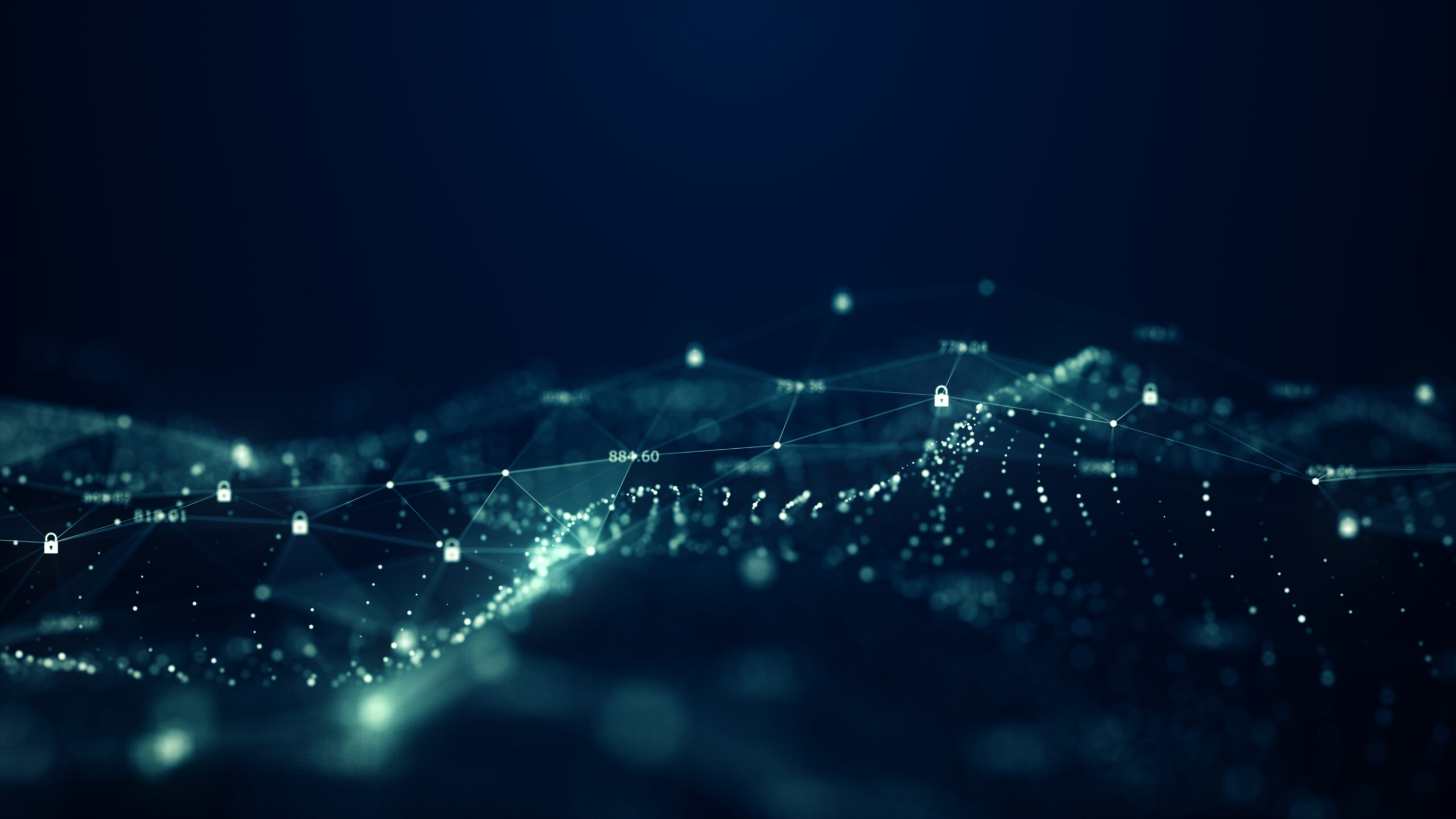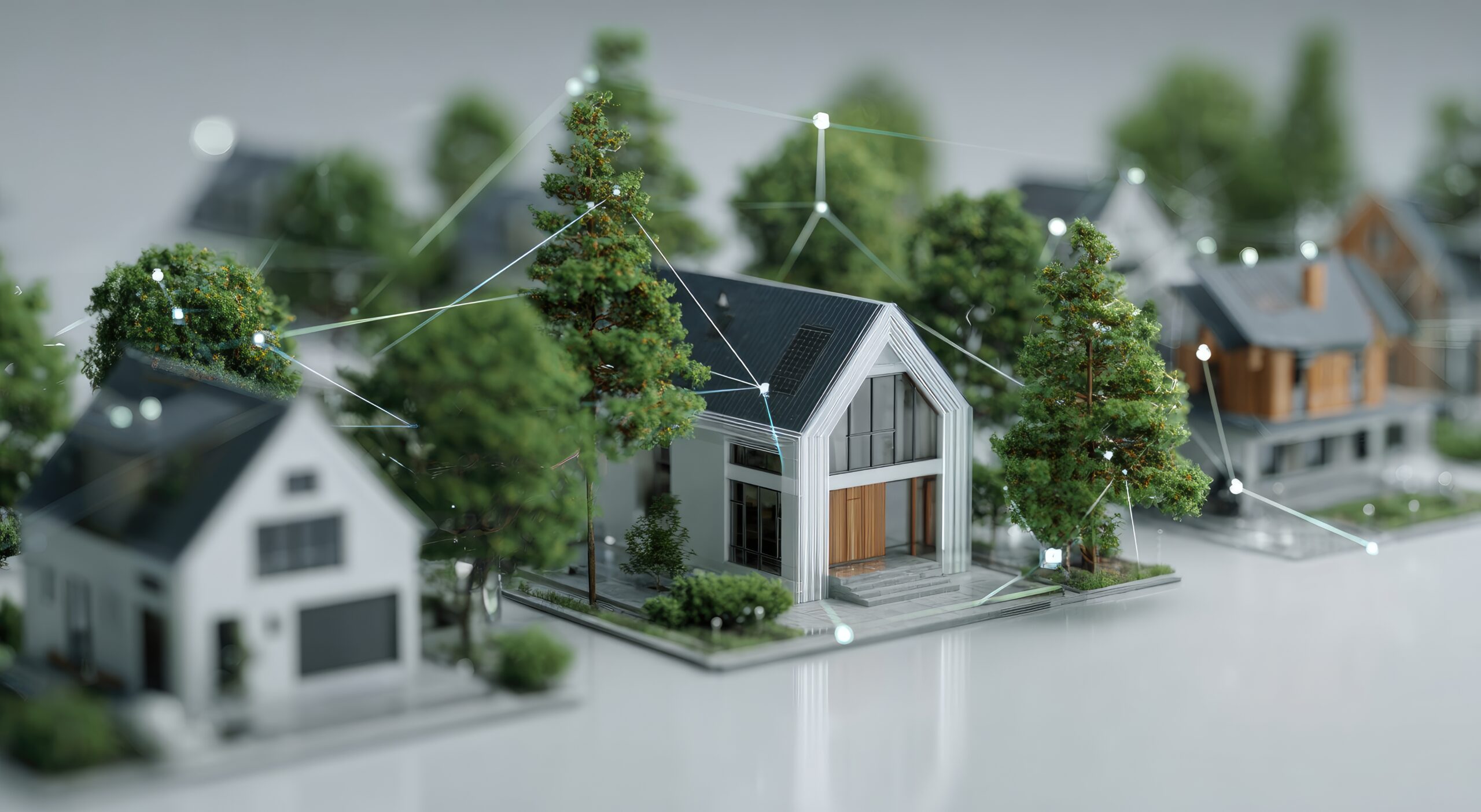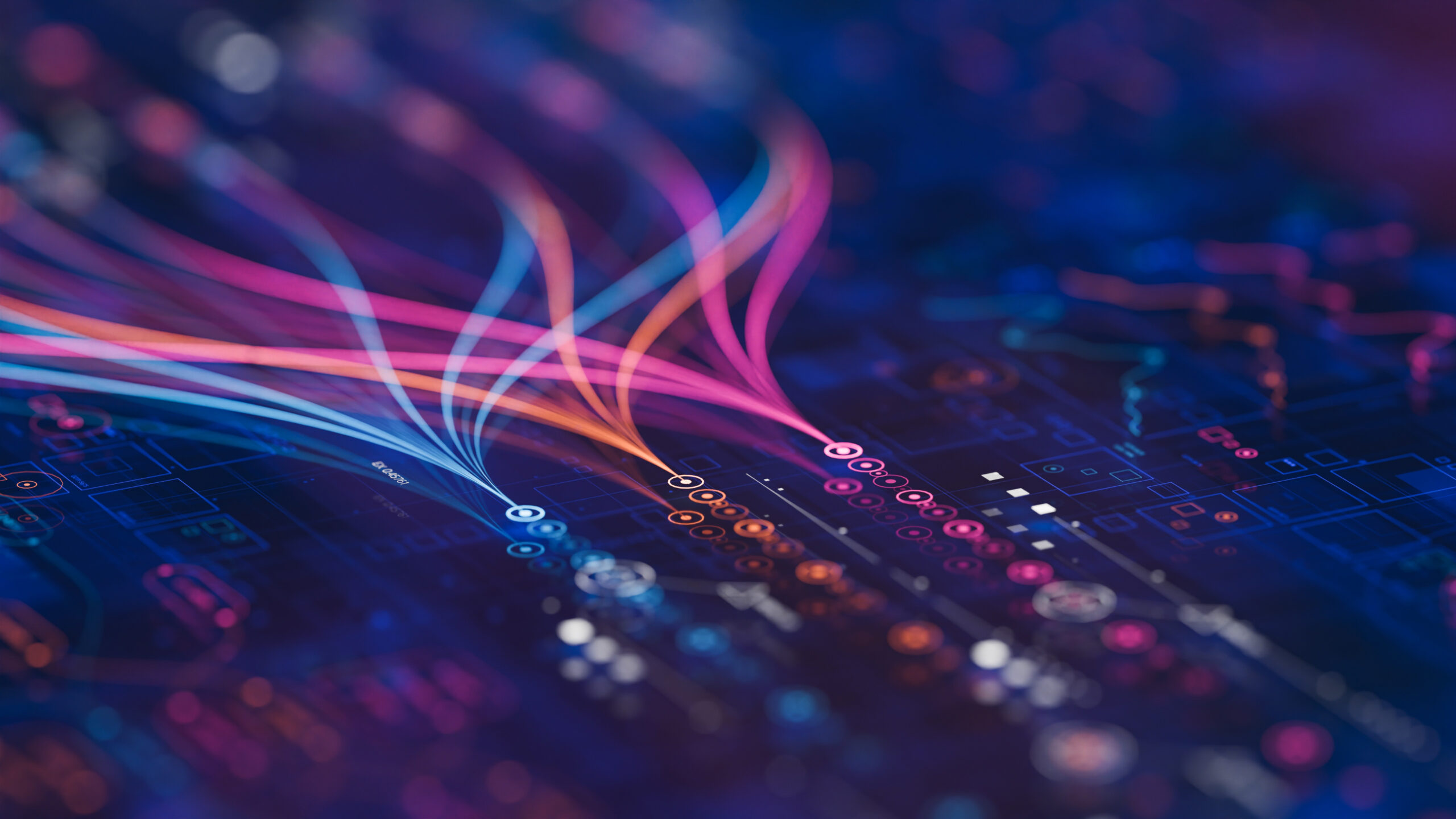Quantum Cybersecurity: How QKD Redefines Data Protection

From laboratories to critical networks, qubit-based cryptography is moving from theoretical promise to a cornerstone of the digital defense of governments, banks, and companies.
At Davos, the 2024 World Economic Forum warned that the emergence of quantum computing could become a black swan for global digital security. The reason is clear: many of the algorithms that currently shield our banking transactions, diplomatic communications, or medical records would be exposed the moment an operational quantum computer reached sufficient scale. What until recently seemed a distant scenario is beginning to loom on a horizon of just two or three decades. In the face of that risk, quantum cryptography is no longer merely a laboratory experiment but a shield now being tested in critical networks.
One of its founding fathers, the Anglo-Polish physicist and cryptologist, professor at Oxford and member of the Fundación Innovación Bankinter Think Tank, Artur Ekert, explains the issue with technical precision: “Quantum key distribution is a secure method to generate secret sequences of random bits between a sender and a receiver. They are the raw material of any secure communication, and we do not know a classical way to produce them without the risk of interception. That’s why quantum physics came to the rescue.”
Since the 1970s, internet security has relied on public-key algorithms such as RSA, ECC, or Diffie-Hellman. Their strength rests on complex mathematical problems—integer factorization, discrete logarithms—that no conventional computer can solve in practical time. But that difficulty vanishes with quantum algorithms: as early as 1994, Shor’s algorithm showed that, in theory, a sufficiently powerful quantum computer could break those protections in a matter of hours.
Timelines are uncertain. Some experts speak of 20 or 30 years; others point to shorter horizons if the investment surge by giants like Google and IBM or Chinese state programs accelerates. What is indisputable is that the risk already appears on the agendas of governments and central banks. And the response splits into two complementary paths: on the one hand, post-quantum cryptography (PQC), mathematical algorithms resistant to quantum attacks; on the other, quantum key distribution (QKD), which relies on physical laws instead of mathematical assumptions.
QKD: From Theory to Deployment
The idea behind QKD is conceptually elegant: use phenomena such as entanglement and the uncertainty principle so that any attempt to intercept the key leaves a trace. If an intruder tries to read the photons traveling through a fiber or from a satellite, they irreversibly alter the quantum state. That alteration is detectable, and the communication is invalidated. Thus, the parties can be confident that their key is truly secret.
Ekert, who co-invented this approach in the 1990s, stands by it: “By harnessing quantum phenomena like entanglement and uncertainty, we designed protocols that allow the creation of keys that cannot be intercepted without being detected.” What was then pure theoretical physics has now turned into an emerging market. Companies in Europe and Asia already offer secure quantum communication services, with photons distributed via optical fiber in local networks or through satellites to cover distances of thousands of kilometers.
China has led the way with the Micius satellite, which in 2017 established the first intercontinental QKD link between Beijing and Vienna. Singapore launched its National Quantum-Safe Network (NQSN+) in 2022, connecting financial institutions with quantum channels. And in Europe, the Commission is driving the EuroQCI (Quantum Communication Infrastructure) program, which will deploy a pan-European QKD network combined with satellites from the Galileo program.
Pilots are multiplying in the private sector as well. In London, HSBC, BT, and Toshiba tested in 2022 the transmission of financial data over a quantum channel. In Spain, Telefónica and the Technical University of Madrid have worked on the Q-Secure Net project, aimed at fintech, blockchain, and IoT. Clearly, QKD is no longer a laboratory concept but a field of experimentation with industrial players.
However, it is not a panacea. Current QKD systems require specialized hardware—photon sources, sensitive detectors, high-quality fibers—and are limited in distance and speed. Costs are high, and the lack of standards complicates integration. In this regard, the EU Agency for Cybersecurity (ENISA) warns that QKD must coexist with post-quantum cryptography in a hybrid framework to avoid fragmented solutions.
Ekert puts it plainly: “The cybersecurity of the future will depend on a hybrid of classical and quantum methods. The quantum component will be indispensable with the arrival of new technologies, but it will not replace the tools cryptographers have refined over decades.” The U.S. National Institute of Standards and Technology (NIST) has already selected four post-quantum algorithms (Kyber, Dilithium, Falcon, Sphincs+) that will become standards in the coming years. The global transition will be gradual: first toward hybrid solutions, and later to an ecosystem where QKD and PQC share application domains.
Strategic Applications of Quantum Cybersecurity
Today, QKD is used mainly in high-sensitivity point-to-point scenarios: synchronizing data centers in financial sectors, protecting diplomatic links, or securing military nodes. But a broader future is taking shape, which Ekert anticipates as follows: “These scenarios will evolve with new protocols and technological capabilities. In the end, both quantum and post-quantum methods will serve not only institutions but also everyday users.”
The European Union expects its EuroQCI network to protect critical infrastructures—from airports to hospitals—against espionage or sabotage threats. In Asia, South Korea and Japan have also invested in pilot networks for banking and telecommunications. In parallel, several startups are working to integrate QKD into blockchain or electronic voting systems.
The potential impact is enormous: BloombergNEF estimates that the cost of long-duration energy storage will fall to $50–100/MWh in 2030, an example of how scale reduces costs in emerging technologies. In cybersecurity, something similar could happen with QKD as adoption grows, with a quantum services market that could exceed $20 billion by 2035, according to Allied Market Research.
That said, the quantum narrative always has a reverse side. The very computers that promise advances in chemistry, logistics, or artificial intelligence can destroy current cryptography. Ekert acknowledges this without ambivalence: “Quantum technology is a double-edged sword: while quantum computers can break many classical schemes, quantum cryptography offers forms of encryption that not even they can break.”
The paradox is that QKD’s success depends, in part, on the threat posed by quantum computing. The closer we get to a cryptographic “day zero,” the more urgent it will be to deploy physical and mathematical solutions that guarantee the privacy of our communications. Are we facing a future where every citizen uses quantum cryptography on their phone? Probably not, at least in the short term. QKD will remain, for years, a resource limited to governments, banks, and large corporations. But its development is setting a path that other technologies will follow. Indeed, public and private investments show that quantum cybersecurity is no longer science fiction.
The lesson from Artur Ekert is that the digital security of the future will not be built with a single brick. It will be a hybrid mosaic, where QKD provides an inviolable physical shield and post-quantum cryptography extends mathematical robustness. In that balance, the next decade of cybersecurity innovation will be decided. As the physicist himself concludes: “We will need quantum cryptography in the imminent quantum era. But it will not replace the classical: it will complement it, creating a more robust system to protect privacy in the years to come.”




